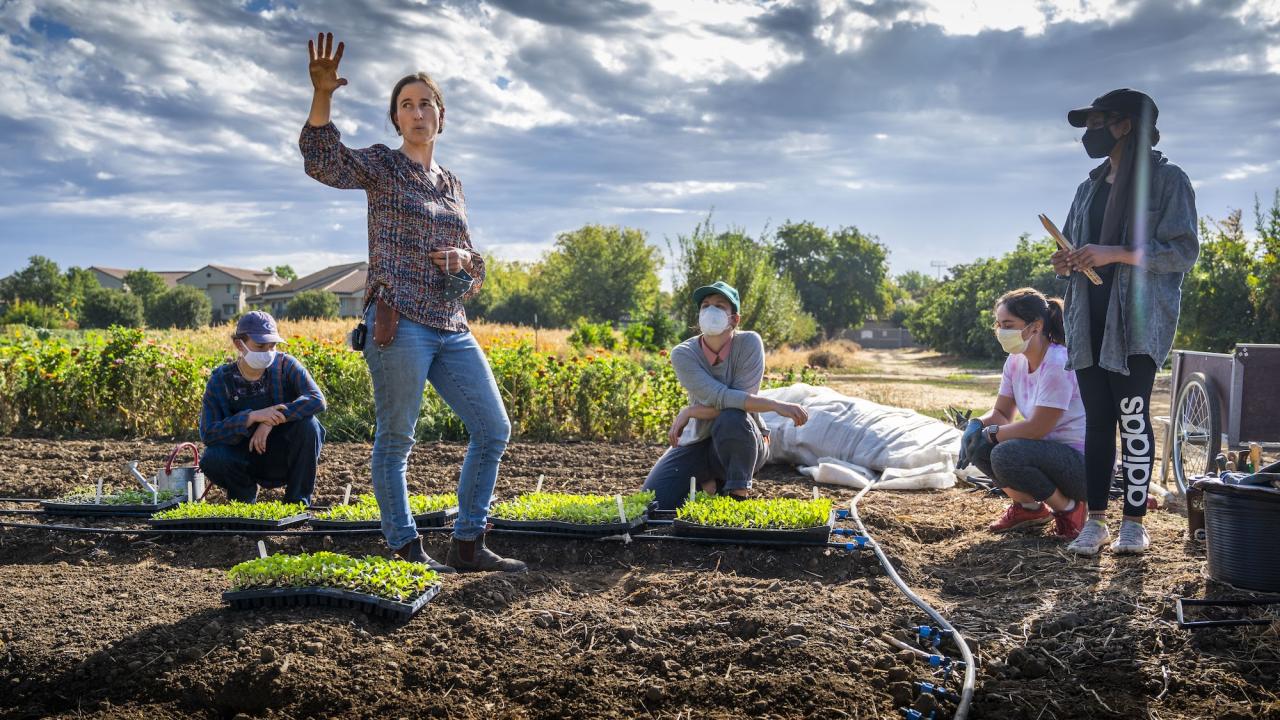From Newbie to Eco-friendly Thumb: A Step-by-Step Trip Via the Art of Gardening

Understanding Your Gardening Room
To begin your gardening journey, it is crucial to understand the distinct qualities and constraints of your gardening room. Are there any type of certain difficulties you may deal with, such as inadequate soil top quality or limited water availability? Comprehending these aspects will certainly aid you make notified choices about the kinds of plants that will certainly prosper in your space.
Take into consideration the size of your gardening location. You might require to focus on container horticulture or vertical gardening to optimize your expanding area if you have a tiny space. On the other hand, if you have a large area, you have the high-end of planting a selection of plants and producing various areas within your yard.
If your room is shaded, you can decide for shade-loving plants like brushes or hostas (newbie gardening). If your room gets complete sunlight, you can expand a wide array of plants, including blossoms, natural herbs, and veggies.
Last but not least, consider any type of limitations or challenges details to your area. You might need to modify it with garden compost or select plants that are forgiving of less-than-ideal problems if your soil high quality is inadequate. If water is limited, you can select drought-tolerant plants or carry out water-saving techniques like mulching.
Choosing the Right Plants for Your Yard
Select plants that are appropriate to your garden's one-of-a-kind conditions and your individual choices. When choosing plants for your yard, it is crucial to consider elements such as sunshine, soil kind, and environment. Some plants choose well-drained soil, while others prosper in wet or clay-like dirt.
It's also worth considering the maintenance degree of the plants you select. Some plants call for more care and focus, while others are more low-maintenance.
Preparing the Soil for Planting
Most plants choose a slightly acidic to neutral pH, around 6.0 to 7.0. Improperly drained pipes soil can lead to waterlogged origins and various other plant health and wellness problems. By assessing and making essential modifications to your soil, you can create an optimal environment for your plants to thrive.
Nurturing and Preserving Your Garden
When you have prepared the soil, it's time to obtain your hands unclean and start nurturing and preserving your garden. The key to an effective yard is constant treatment and focus. Watering is crucial, particularly during droughts. Make certain to water your plants deeply, allowing the water to penetrate the dirt and reach the origins. Routine weeding is likewise important to maintain your yard totally free from undesirable plants that contend for nutrients and space. Take out any type of weeds, making sure to remove their roots to avoid them from returning. Furthermore, it's necessary to give proper nutrition for your plants. Consider utilizing natural fertilizers or garden compost to enrich the dirt and promote healthy development. Trimming is one more important task to maintain your yard looking cool and her response motivate better airflow and sunshine infiltration. Trim off any kind of dead or damaged branches to keep the general wellness of your plants. Be on the hunt for diseases and insects. Consistently inspect your plants for any type of indications of problem or illness and take instant activity to avoid further damage. By adhering to these nurturing and upkeep methods, you will certainly guarantee a flourishing and beautiful yard.
Troubleshooting Common Gardening Issues
To deal with common horticulture concerns, start by recognizing the problem and taking immediate activity. One of one of the most usual concerns gardeners encounter is parasites. You may have a pest invasion if you observe eaten fallen leaves or plants that are wilting for no noticeable factor. Examine your plants carefully for indicators of insects or various other insects. Eliminate them manually or use natural bug control approaches if you detect any kind of. One more common issue is vitamins and mineral deficiency. If your plants have yellow or blemished fallen leaves, they might not be getting adequate nutrients. Consider fertilizing your dirt or adding compost to improve its nutrition web content. Overwatering is one more concern that can hurt your plants. You may be overwatering if you discover water logged dirt or wilting despite adequate watering. Adjust your watering routine accordingly and make certain appropriate drainage. Ultimately, illness can likewise affect your yard. It might be read this post here an indication of illness if you see areas, mold and mildew, or unusual growth on your plants. Eliminate impacted plants and treat the remaining ones with organic fungicides or chemicals. By immediately resolving these typical problems, you can make certain the wellness and success of your yard.
Final Thought
By recognizing your gardening space, choosing the right plants, preparing the dirt, and nurturing your yard, you have actually gotten rid of common horticulture concerns like a anchor pro. Now, equipped with knowledge and experience, you are prepared to take pleasure in the appeal and wealth of your flourishing yard.

When picking plants for your yard, it is vital to take into consideration elements such as sunshine, dirt type, and climate. Some plants prefer well-drained soil, while others grow in moist or clay-like dirt (newbie gardening). By comprehending your horticulture area, selecting the right plants, preparing the dirt, and nurturing your yard, you have gotten over usual gardening problems like a pro